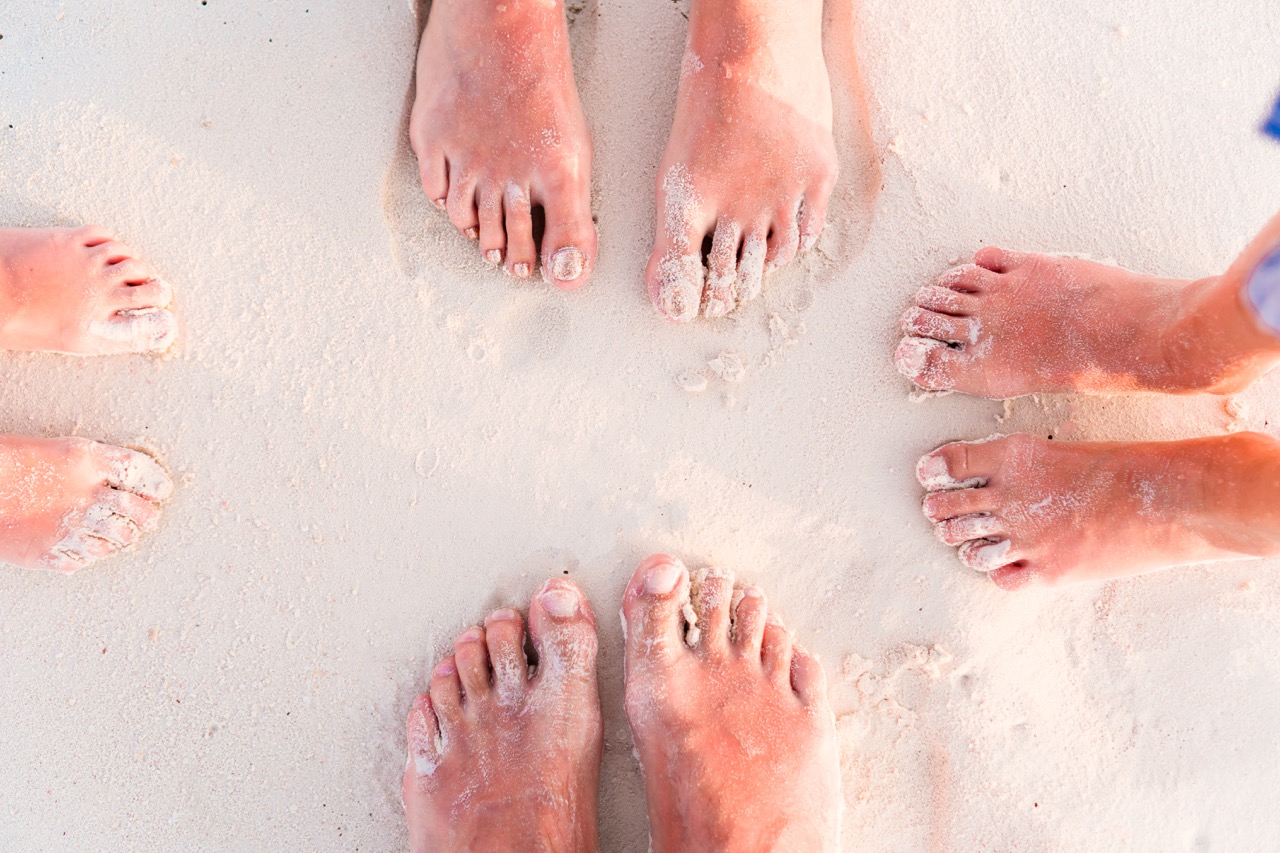Can Wearing the Wrong Socks Lead to Foot Problems?

Socks may seem like a minor component of footwear, but their role in maintaining foot health should not be underestimated. Wearing the wrong type of socks can lead to various foot problems, affecting not only comfort but also overall well-being. This article aims to explore the significance of proper sock fit and material, the common foot problems associated with inappropriate sock choices, how to select socks for optimal foot health, and preventive measures to avoid sock-related issues. Understanding these factors can make a significant difference in maintaining healthy feet.
Understanding the Importance of Proper Sock Fit and Material
The fit and material of socks play a crucial role in foot health. Socks that are too tight can restrict circulation, leading to discomfort and even numbness over time. Conversely, socks that are too loose may bunch up, creating friction and blisters during physical activity. The ideal sock should provide a snug fit without constricting blood flow, allowing for natural movement while ensuring maximum comfort.
Material also plays a key role in foot health. Natural fibers like cotton and wool are breathable, moisture-wicking, and hypoallergenic, making them preferable choices for everyday wear. Synthetic materials, while often more durable, can trap heat and moisture, leading to sweaty feet and an increased risk of fungal infections. A careful consideration of both fit and material can help individuals select socks that meet their unique needs and enhance overall foot comfort.
Furthermore, the thickness of the sock can affect shoe fit and comfort. For instance, thicker socks can take up extra space in shoes, potentially leading to cramped toes. On the other hand, very thin socks may not provide sufficient cushioning for long periods of standing or walking. Being mindful of these factors can significantly prevent discomfort and potential foot problems.
Common Foot Problems Linked to Inappropriate Sock Choices
Inappropriate sock choices can lead to several common foot problems, with blisters being one of the most prevalent. Blisters occur when there is excessive friction between the sock and the skin, often exacerbated by moisture. When socks are made from materials that do not wick away sweat effectively, the skin is more likely to become irritated, resulting in painful blisters that can hinder mobility.
Another common issue is athlete’s foot, a fungal infection that thrives in warm, damp environments. Socks that retain moisture, such as those made from non-breathable materials, can create a breeding ground for fungi. Wearing such socks for prolonged periods, especially in closed footwear, increases the risk of developing infections that can be both uncomfortable and difficult to treat.
Additionally, improper sock fit can contribute to foot conditions like plantar fasciitis and metatarsalgia. Socks that are too tight can compress the foot, leading to inflammation and pain in the arches or balls of the feet. Over time, these issues can escalate, necessitating medical intervention. Understanding the connection between socks and foot health is essential in preventing these problems.
How to Select Socks for Optimal Foot Health and Comfort
When selecting socks for optimal foot health, it is vital to prioritize both fit and function. Look for socks that are designed specifically for your activities, whether it’s running, hiking, or everyday use. For active endeavors, consider moisture-wicking socks that keep feet dry and reduce the likelihood of blisters. For casual wear, breathable materials like bamboo or cotton blends can offer comfort and prevent excessive sweating.
Pay attention to the size and shape of the socks as well. Many brands offer socks in various sizes to ensure a proper fit. Additionally, consider styles that have arch support or cushioned soles for added comfort. If you require specific features, such as compression to improve circulation or extra padding for high-impact activities, research brands that cater to these needs.
Lastly, do not overlook the importance of sock maintenance. Regular washing and proper drying practices can help maintain the integrity of the materials, ensuring the socks continue to provide the necessary support and comfort. Investing in quality socks and understanding your foot’s unique needs can significantly enhance your foot health in the long run.
Preventive Measures Against Sock-Related Foot Issues
To prevent sock-related foot issues, it is essential to establish a routine that includes regular foot care. Keeping feet clean and dry is paramount to avoiding fungal infections and other complications. After physical activities, change out of damp socks promptly and ensure that feet are thoroughly dried, particularly between the toes, to minimize moisture retention.
Choosing the right sock material for the season can also play a significant role in foot health. During warm months, opt for lightweight, breathable options that wick moisture away from the skin. In colder weather, thicker wool or thermal socks can keep feet warm while still providing moisture management. Understanding seasonal needs can help mitigate issues related to temperature and moisture.
Finally, consult with a healthcare professional if you experience persistent foot pain or discomfort. They can provide personalized recommendations for sock selection and foot care practices based on your individual foot type and activity level. Early intervention can often prevent minor issues from escalating into more serious conditions, ensuring that your feet remain healthy and pain-free.
In conclusion, the importance of selecting the right socks cannot be overstated when it comes to maintaining foot health. The fit and material of socks directly impact comfort and can significantly affect the risk of developing various foot problems. By understanding common issues linked to inappropriate sock choices and implementing preventive measures, individuals can take proactive steps to ensure the health and comfort of their feet. Prioritizing proper sock selection is a small yet crucial aspect of overall foot care that can lead to lasting benefits.




